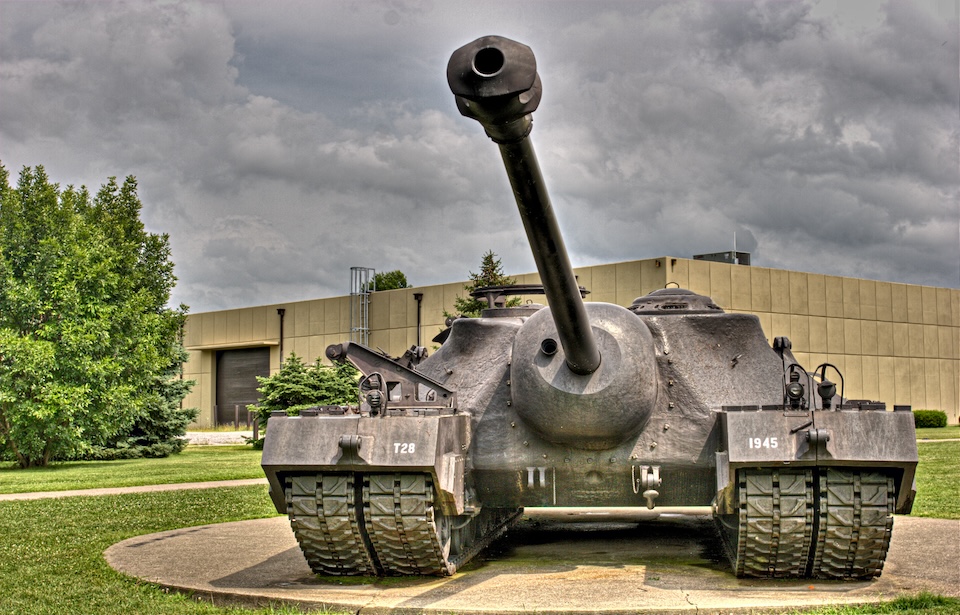The influence of tanks on military strategies became evident following their debut in World War I, with their deployment growing in later conflicts. By World War II, the United States understood the need to enhance its military power to secure a decisive triumph, resulting in the creation of the T28 Super Heavy Tank.
Nevertheless, the project was suddenly halted, resulting in just two prototypes being produced. One prototype was made inoperable after sustaining damage during tests, while the whereabouts of the other remained unknown for many years.
The United States wanted to match the German Army’s powerful tanks
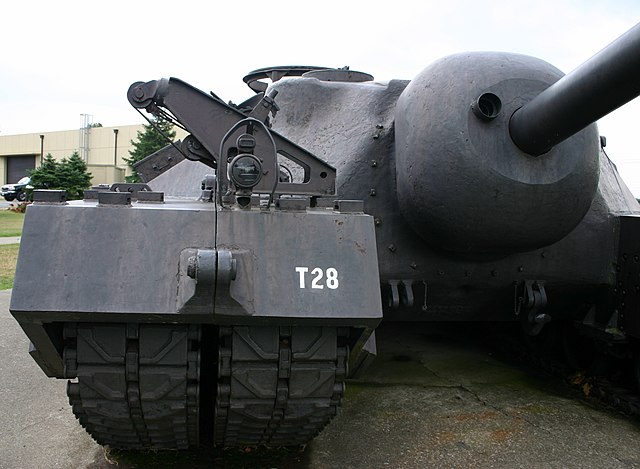
Following their victory in World War II, the United States and its Allies gained vital understanding of conflict dynamics and future strategic opportunities. Even while the war continued, the US military was actively working to address its existing shortcomings. A major challenge was the Wehrmacht‘s tank dominance, highlighted by the formidable Siegfried Line, which greatly hindered Allied efforts to break through German defenses.
In 1943, the US started the development of a new tank, which would eventually be known as the T28 Super Heavy Tank. This advanced vehicle was engineered for robustness, designed to have the strength needed to penetrate enemy lines while providing heavy protection for its crew.
The United States begins work on developing prototypes
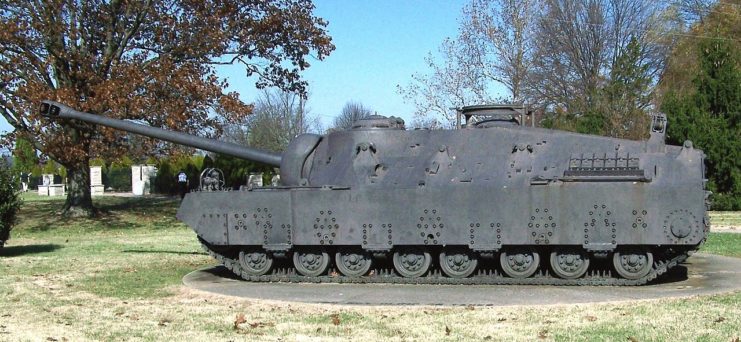
In March 1944, preparations began to manufacture five T28 Super Heavy Tanks, each outfitted with a 105 mm T5E1 anti-tank gun as its primary weapon and a .50-cal Browning heavy machine gun for secondary defense. This tank boasted heavily enhanced armor, featuring metal as thick as 12 inches in specific zones, offering impressive protection against anti-tank weaponry.
However, production encountered setbacks. The T28’s considerable weight of 95 short tons restricted its maximum speed to approximately 8 miles per hour and posed serious difficulties in maneuvering over different terrain obstacles.
The T28 Super Heavy Tank wasn’t really needed at all
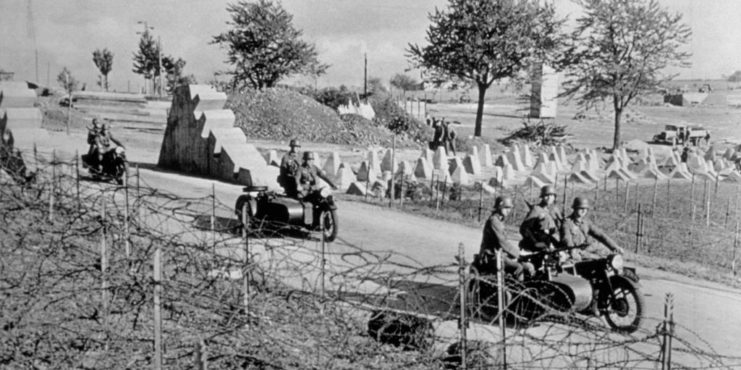
As previously mentioned, the initial purpose of the T28 Super Heavy Tanks was to be used against the Siegfried Line. However, starting in mid-1944, the Allies launched a comprehensive offensive against this defensive line, and by early 1945, it had been breached.
Subsequently, plans were made to employ the T28s in operations on the Japanese mainland. Nonetheless, Japan surrendered before they could be put into service, following the atomic bombings of Hiroshima and Nagasaki. As a result, the US government decided to discontinue further development of these tanks. Only two prototypes were ever completed; one sustained considerable damage during testing at Yuma Proving Ground and was ultimately sold for scrap.
The remaining T28 Super Heavy Tank was lost for decades
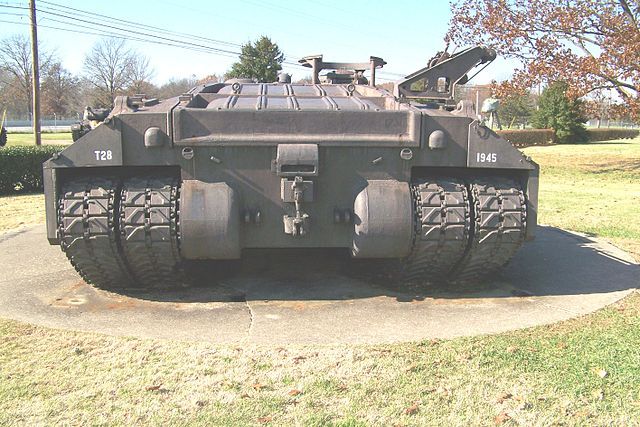
As World War II ended and the nature of warfare evolved, the T28 Super Heavy Tank was rendered mostly obsolete. Rigorous testing showed shortcomings that would have created substantial difficulties in combat. As a result, the US military adjusted its focus, prioritizing tanks with lighter and more adaptable designs.
In the ensuing years, during the Korean and Vietnam wars, the absence of the T28 tank was notable on the battlefield. Its World War II-era design lost relevance, no longer fitting with the military’s changing strategic goals.
The T28 Super Heavy Tank was eventually found in the weeds
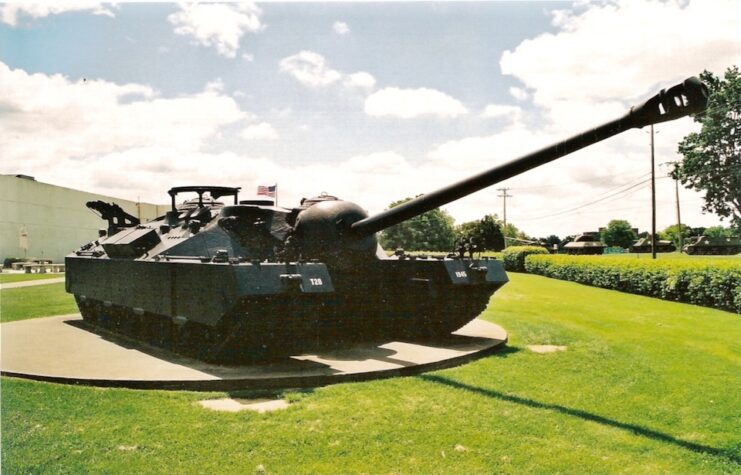
The military’s concentration on developing new tanks led to the misplacement of the remaining T28 Super Heavy Tank prototype. Remarkably, it wasn’t until 1974, a staggering 27 years after its disappearance, that it was stumbled upon in a field at Fort Belvoir, Virginia. Neglected and exposed to the elements for decades, weeds had begun to encroach upon its structure.
More from us: A British Challenger 1 Set the Record for the Longest Tank-on-Tank Kill in 1991
New! Want to become a trivia master? Sign up for our War History Fact of the Day newsletter!
Following its rediscovery, the prototype received significantly better care and reverence. It was relocated to the General George Patton Museum at Fort Knox, Kentucky, where it resided for several years before finding a permanent home at Patton Park in Fort Moore (formerly Fort Benning), Georgia.
